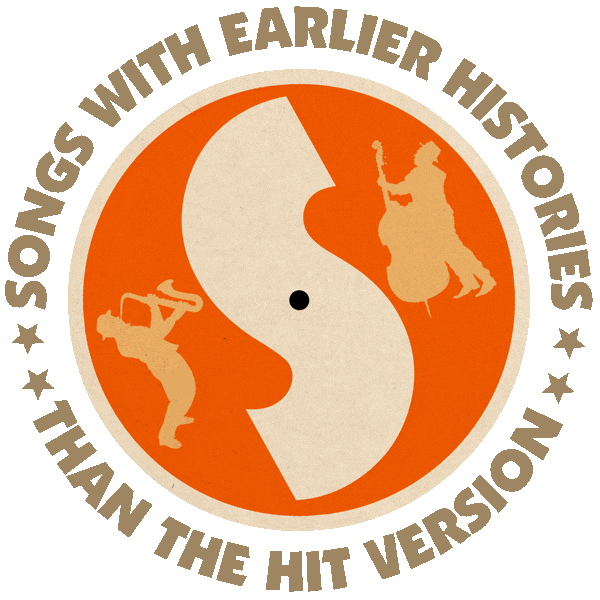First recorded as “Did God Make Honky Tonk Angels” by “Al” Montgomery (1952).
Inspired by “The Wild Side of Life” by Hank Thompson (1951).
Based on “Thrills That I Can’t Forget” by John Ferguson (1927), “Great Speckled Bird” by Roy Acuff (1936).
Hit version by Kitty Wells (C&W #1 1952).
From the wiki: “Jay Miller wrote ‘Did God Make …’ as a reply to Hank Thompon’s hit ‘Wild Side Of Life‘. Alice ‘Al’ Montgomery was a gas station attendant in Louisiana at the time of her recording, which Miller produced and issued on one of his many labels. When covered by Kitty Wells in 1952, the song – which blamed unfaithful men for creating unfaithful women – became the first #1 Billboard Country hit for a solo female artist.
“In addition to helping establish Wells as country music’s first major female star, ‘It Wasn’t God …’ her success paved the way for other female artists to achieve chart success in Country music, particularly Patsy Cline, Loretta Lynn, Tammy Wynette, and Dolly Parton, and for songs where women defied the typical stereotype of being submissive to men and having to put up with their oft-infidel ways.
“Even with its popularity, there was plenty of resistance to the song and its statement: the NBC radio network banned the song for being ‘suggestive,’ while Wells herself was prohibited from performing it on the Grand Ole Opry and NBC’s ‘Prince Albert’ radio programs.

